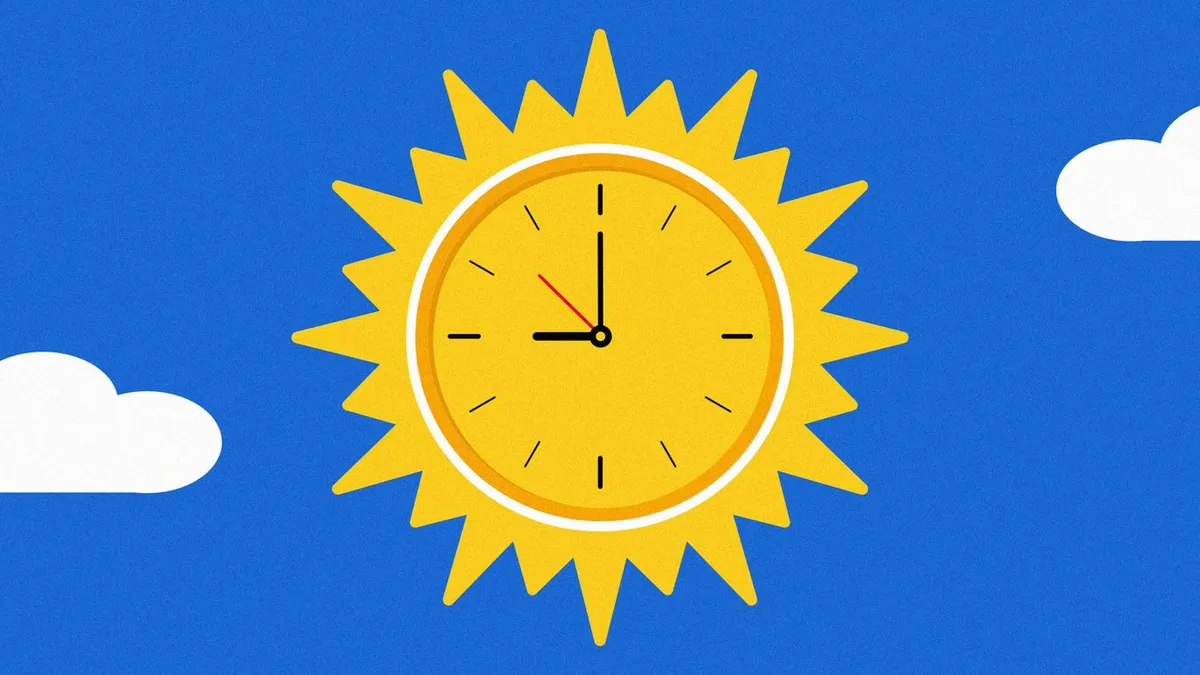
On early Sunday morning, Americans will fall back, gaining an extra hour of sleep as Congress remains gridlocked over the controversial topic of daylight saving time. This seasonal clock change, which occurs twice a year, has sparked significant debate among lawmakers and the public alike.
The latest attempt to make daylight saving time permanent faced a major setback earlier this week. Senator Tom Cotton (R-Ark.) blocked Senator Rick Scott's (R-Fla.) proposed Sunshine Protection Act, despite its backing from former President Donald Trump. Scott emphasized that Americans are frustrated with the biannual clock changes, while Cotton maintained that the nation must accept an "uneasy compromise" regarding timekeeping.
In April, Trump took to his platform, Truth Social, advocating for Congress to prioritize the need for more daylight at the end of the day. He described the clock change as a significant inconvenience and noted its costly implications for the government. The recent failure of this proposal dims the prospects of permanently locking the clock anytime in the near future, especially considering Congress nearly passed a similar measure in 2022.
The official switch back to standard time occurs on Sunday at 2 a.m., when clocks will be set back one hour. While most modern devices such as smartphones and computers will update automatically, older appliances like microwaves, ovens, and car dashboards may require a manual reset.
The United States previously experimented with permanent daylight saving time in 1974; however, this initiative was short-lived, ending within a year due to safety concerns arising from dark winter mornings affecting schoolchildren. Originally, daylight saving time ran from April to October, but the Energy Policy Act of 2005 extended it by about four weeks, shifting from the second Sunday in March to the first Sunday in November.
This weekend's time change is considered the easier of the two transitions, as Americans will enjoy an extra hour of sleep instead of losing one in March. With the clocks set back, both sunrise and sunset will occur approximately one hour earlier, resulting in brighter mornings and darker evenings.
It's worth noting that states like Hawaii, most of Arizona, and U.S. territories including Puerto Rico and Guam have opted for permanent standard time, foregoing daylight saving time altogether.
Health organizations and sleep experts have increasingly called for an end to the seasonal clock shifts. Most experts advocate for a permanent switch to standard time over daylight saving time. Studies have shown that the March "spring forward" often correlates with a rise in car accidents, heart attacks, and strokes.
According to a recent AP/NORC poll, only 12% of Americans support the current clock-changing system. However, public opinion remains divided: 56% prefer year-round daylight saving time, while 42% favor sticking with standard time.
The next time change is scheduled for spring forward on March 8, 2026, unless lawmakers can reach a consensus on the nation's timekeeping policy. Federal law permits states to move to standard time independently but requires Congressional approval to adopt permanent daylight saving time. Since 2018, 20 states have passed resolutions or bills aimed at maintaining daylight saving time year-round, contingent on Congressional action, as reported by the National Conference of State Legislatures.
In summary, the ongoing debate over daylight saving time continues to be a contentious issue in Congress, with implications for public health, safety, and personal convenience. As Americans prepare to fall back, the future of our timekeeping practices remains uncertain.